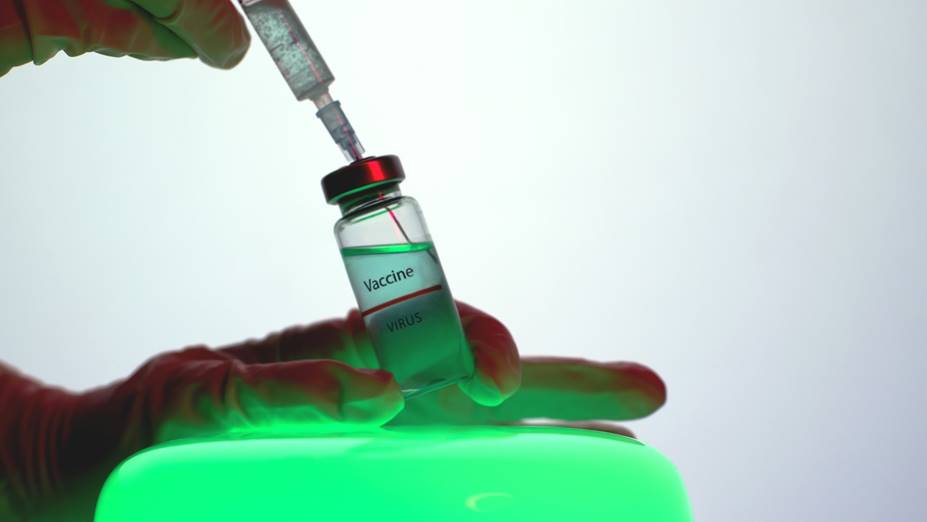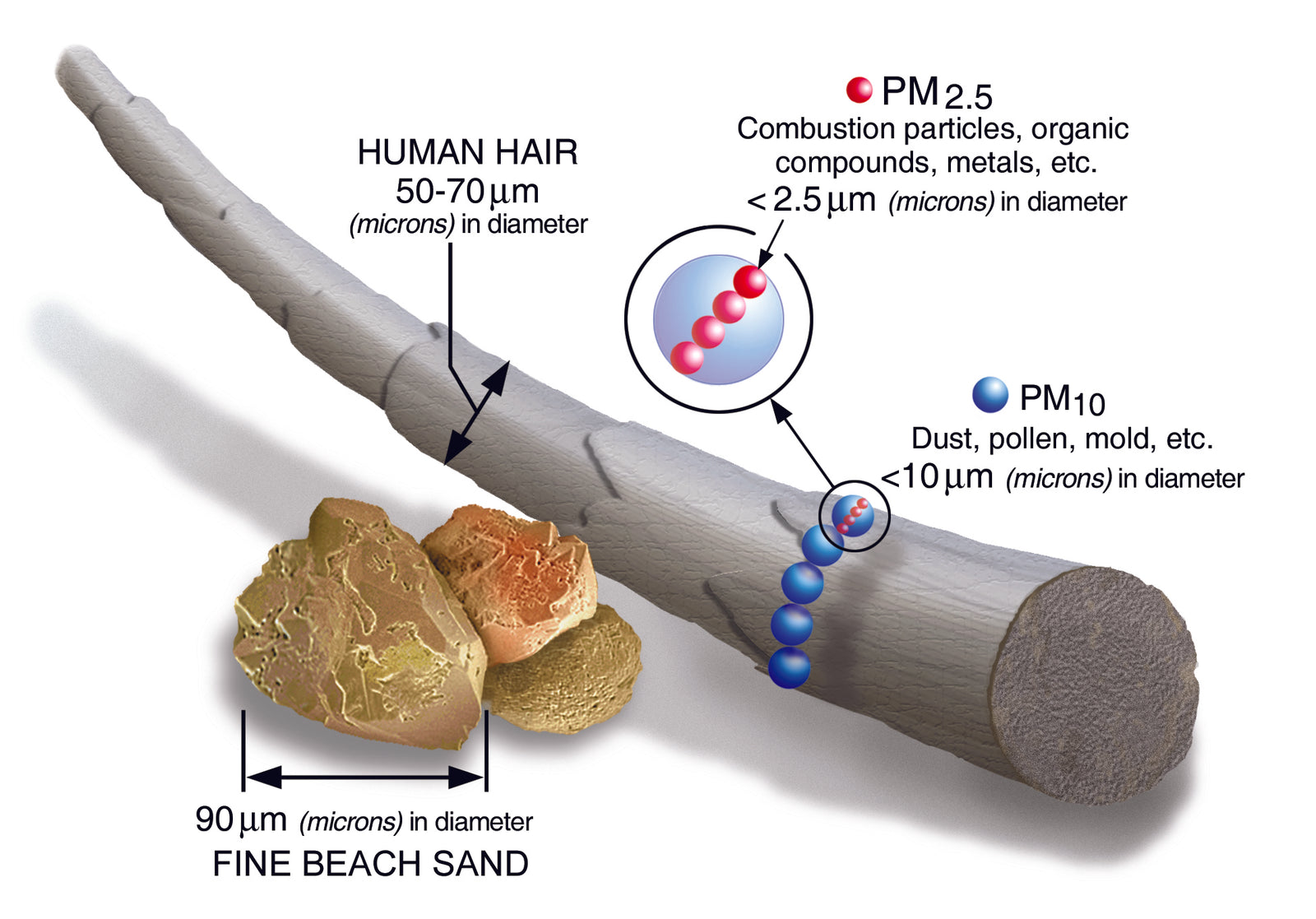Calculating Air Purification

A good friend asked me the other day, "where do you get so many ideas from to write your newsletter and blogs as busy as you are?" and I replied, "my customers." While this is true, I left out, "what else am I supposed to do under stay at home directives from our governor." Until this year, my professional life could have been measured in frequent flyer miles, traveling all over this amazing planet. Inhaling the breath and germs, and undoubtedly catching colds and cases of flu, from countless travelers.
As the world desperately tries to get back to a state of normalcy, returning to the air and other means of mass transit, I wanted to know what these organizations are doing to instill confidence and create safer environments.
Today many major American airlines like Delta, United, American, JetBlue, and Southwest, highlight their use of air filtration systems to help ease traveler's concerns. Most deploying medical-grade HEPA based filtering system mixed with fresh air drawn in from the outside. The folks at JetBlue produced a simple video to help explain how their filtration system works https://www.youtube.com/watch?v=Q2_C2iN-tEs.
The debate continues around how effective these devices are at protecting against the coronavirus that spreads with a cough or sneezes while sitting shoulder to shoulder with other travelers. What everyone agrees to is the frequency in which you replace the air in a space is one of the essential factors in cleansing the indoor air you work and live in.
We represent several filtrations systems, and an important question our customers ask is, "How much air purifier do I need for my space?". The industry does a great job of making the answer to this question obscure to compel consumers to buy on emotions. With messaging focused on high pollution days, pollen counts, harmful mold, and deadly viruses. It's also a language filled with acronyms and formulas like HEPA, ULPA, ESP (filter technologies), CFM, CADR, ACH (air cleaning rates), PM2.5, PPM (particle size) and the list goes on.
Air purification systems at the core can be relatively simple devices, they draw air in with a fan, pass it through a filter, and release the air back into the room cleaner. The better the filter, the cleaner the air, the better the fan, the larger the area that can be cleaned. Even our air purifiers' specifications are rich with acronyms but allow me to provide the basic building blocks when planning to purchase any air purifier.
- Select a product that filters out 99.97% or greater particles to .3 microns or HEPA filters or fine particles measured as PM2.5. This is a good start, however, if you are concerned about smells and chemicals, look at systems with additional technology.
- Measure the cubic footage of your space. Calculate the square feet by multiplying the length and width of your room first, then multiplying that number by the ceiling height. Most filtration systems use 9 feet as the standard height of a room.
- Note that manufacturers will reference CADR (clean air delivery rate), measured in m3/hr (cubic meters per hour or CFM (cubic feet per minute). Identify a high-quality model that can effectively filter the air for the size space you have.
- Finally, make sure space you wish to filter, clear or sterilize, doesn't require many air changes per hour, referred to as the ACH (air change rate). Most manufacturers calculate the device's CADR based on four air changes per hour. An airplane must filter the air 20 or 30 times per hour. If your business has people seated close together like a restaurant, or high turnover like a clinic, or uses chemicals or pollutants like a salon, look for products with a higher ACH.
If this still seems complicated for your use case, here is a simple cheat, take the square footage of the space you wish to filter and match it to the manufacturer’s CADR (you want a CADR number that about the same as your square footage), you’ll be within 10% of the actual rate.
Example 400 sq. ft. with 4 air changes per hour has an ideal CADR of 408.
If the manufacturer provides only a CFM rate multiply your square footage times .6.
Example 400 sq. ft. times .6 equals 240 CFM.
Either one of these tricks will get in the ballpark or give us or call or send an email. We’ll be happy to assist you determine your exact requirements.
Also in News

An Unusual Journey to Normalcy

The History of Vaccines: What it Means for Coronavirus

